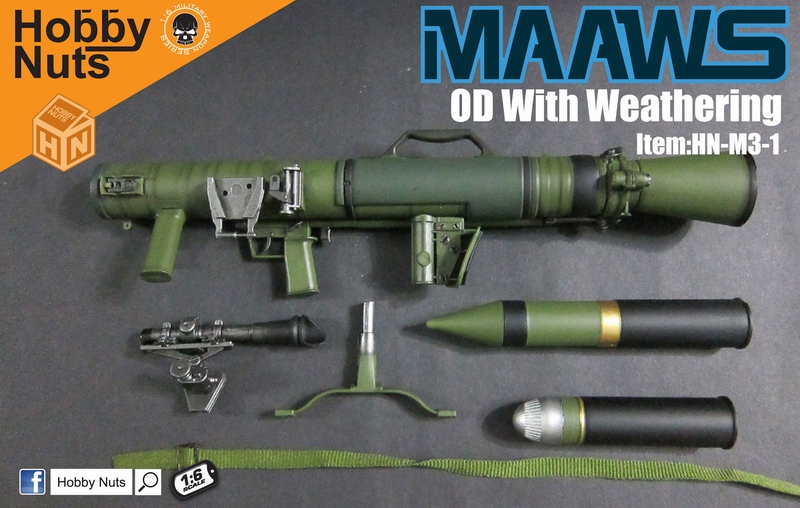
In Britain, the first experimental AT rifle, the. The two nations which provided the lineal successors to the Mauser were Britain and the Soviet Union. The disadvantages were those which handicapped AT rifles throughout their existence size, weight and recoil. Given that the thickest armour on contemporary British tanks measured just 12mm, the gun was quite effective. The steel-cored projectile was claimed to be capable of penetrating 20mm of armour plate at 100m range and 15mm at 300m, provided it hit at 90° (performance dropped off sharply with more glancing hits). The M1918 was conceptually very simple: a bolt-action weapon just like a scaled-up infantry rifle but 1.68m long and weighing 17.7kg.

It was rushed into service to provide infantry with some protection against the Allied tanks until the TuF could be introduced. The first anti-tank ( AT) rifle, the Mauser Tank-Gewehr M1918, was developed towards the end of the First World War in parallel with the MG TuF machine gun which used the same 13 x 92SR ammunition.


 0 kommentar(er)
0 kommentar(er)
